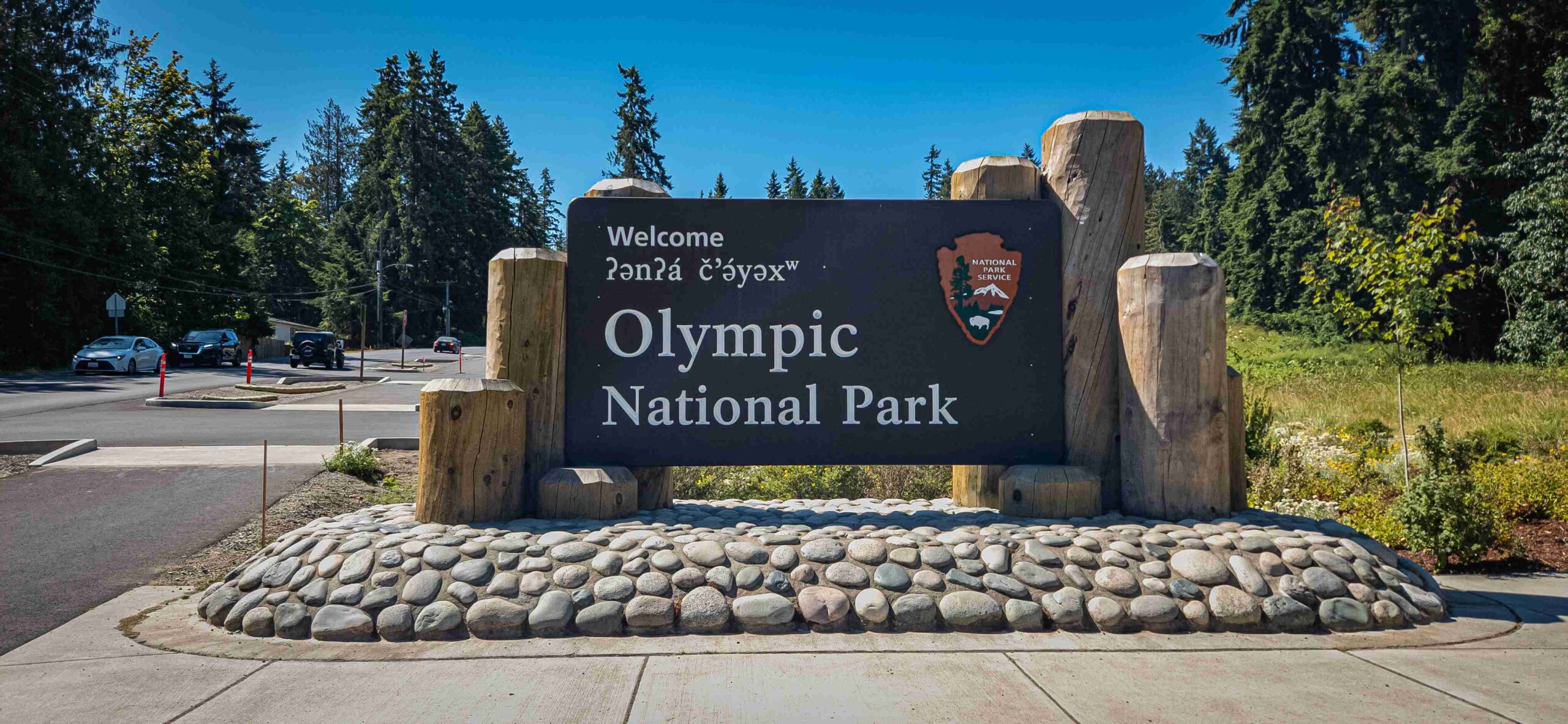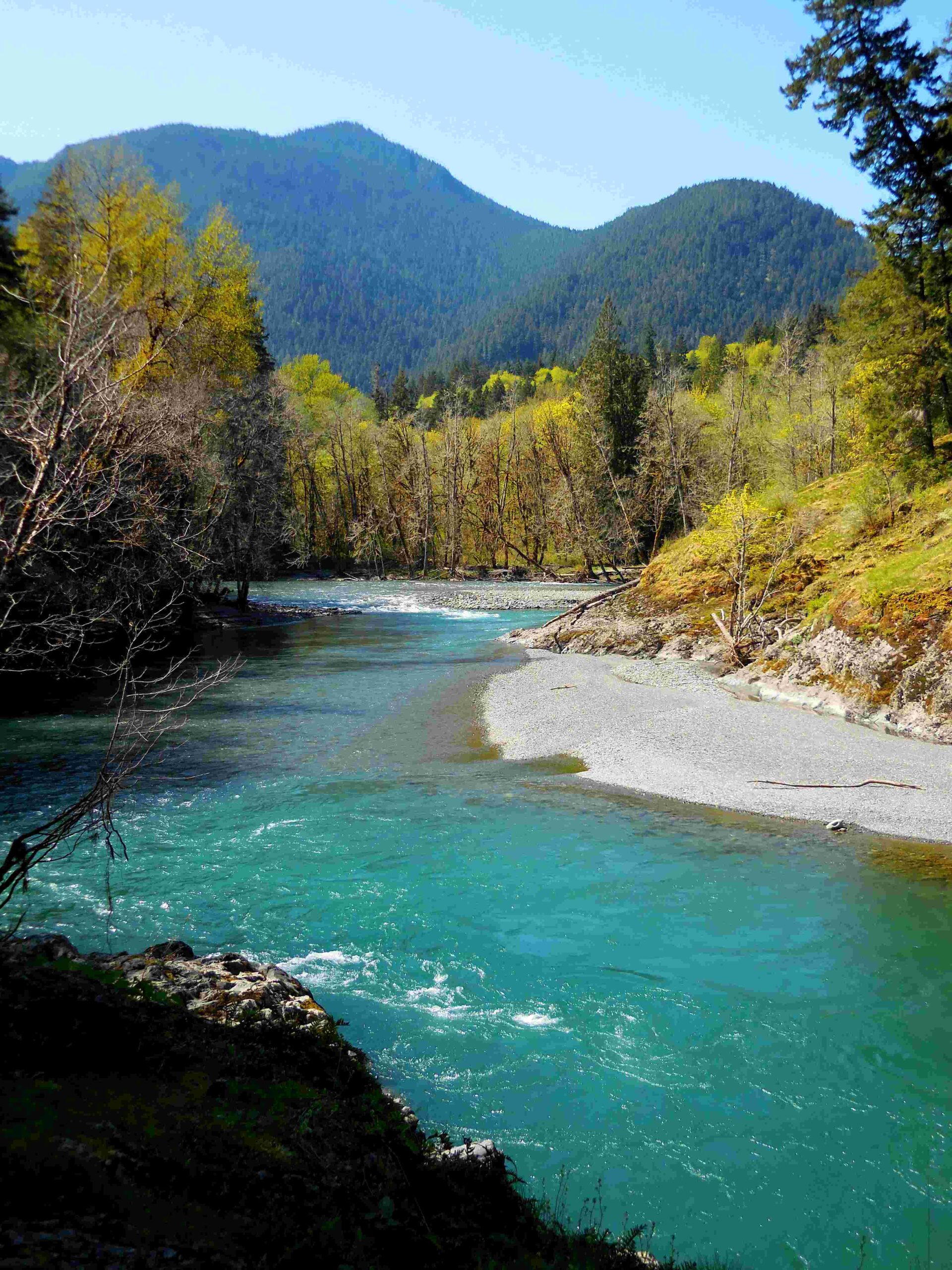Olympic National Park is home to a diverse population of black bears, whose dietary habits are crucial for their survival and the park’s ecosystem. These omnivorous creatures adapt their food choices based on seasonal availability, ranging from vegetation to small mammals and fish. Understanding the intricacies of bear food in this unique environment is essential for both wildlife conservation and visitor safety.
What Do Bears Eat in Olympic National Park?

Bears in Olympic National Park have a varied diet that changes with the seasons:
- Spring:
- Emerging grasses
- Sedges
- Horsetail
-
Various flowering plants
-
Summer:
- Ants
- Bees
- Grubs
- Young tree bark
-
Emerging plants
-
Late Summer and Fall:
- Tree fruits (e.g., apples, pears)
- Berries (e.g., salmonberries, thimbleberries, blueberries)
- Nuts (e.g., hazelnuts, acorns)
- Salmon (in certain areas)
Throughout the year, bears also opportunistically consume:
– Small mammals
– Eggs
– Carrion
– Insects
How Does Seasonal Availability Affect Bear Foraging Behavior?

Bear foraging behavior in Olympic National Park is heavily influenced by the seasonal availability of food sources:
- Spring Foraging:
- Bears emerge from hibernation and seek out easily digestible vegetation.
-
They focus on protein-rich plants to regain strength after winter.
-
Summer Foraging:
- Bears expand their diet to include insects and a wider variety of plants.
-
They begin to prepare for the crucial fall feeding period.
-
Fall Foraging:
- This is the most critical feeding time for bears.
- They may forage up to 20 hours a day to accumulate fat for winter hibernation.
- Bears are particularly attracted to high-calorie foods like berries and nuts.
| Season | Primary Food Sources | Foraging Intensity |
|---|---|---|
| Spring | Vegetation | Moderate |
| Summer | Plants and Insects | Increasing |
| Fall | Fruits and Nuts | Intense |
Why Is Proper Food Storage Essential in Bear Country?
Proper food storage is crucial in Olympic National Park for several reasons:
-
Bear Safety: It prevents bears from associating humans with food, reducing the likelihood of dangerous encounters.
-
Wildlife Conservation: Bears that become habituated to human food may need to be relocated or euthanized, impacting the park’s ecosystem.
-
Visitor Safety: Proper storage protects both visitors and their belongings from bear encounters.
-
Ecosystem Balance: It helps maintain the natural foraging behavior of bears, preserving the park’s ecological integrity.
What Are the Recommended Bear-Proof Food Storage Solutions?
To ensure both human and bear safety, Olympic National Park recommends the following food storage solutions:
- Bear-Proof Containers:
- Use containers that meet Interagency Grizzly Bear Committee (IGBC) standards.
-
Popular brands include BearVault and Ursack.
-
Hanging Food:
-
Suspend food and scented items at least 10 feet off the ground and 4 feet from the trunk of a tree.
-
Vehicle Storage:
- Store food in airtight containers in your vehicle when not in use.
-
Never leave food or scented items in tents or unsecured at campsites.
-
Trash Disposal:
- Use designated bear-proof trash receptacles in the park.
- Pack out all trash if receptacles are not available.
How Do Natural Food Sources Impact Bear Behavior in the Park?
The availability of natural food sources significantly influences bear behavior in Olympic National Park:
- Movement Patterns:
- Bears roam throughout their home range in search of food.
-
They may travel long distances to reach areas with abundant food sources.
-
Habitat Selection:
- Bears prefer areas with diverse and plentiful food options.
-
Riparian zones and berry-rich meadows are particularly attractive.
-
Human Interaction:
- During periods of natural food scarcity, bears may be more likely to seek out human food sources.
-
This increases the importance of proper food storage by park visitors.
-
Seasonal Activity:
- Bear activity and visibility often correlate with the availability of their preferred food sources.
- Visitors may encounter bears more frequently in areas with abundant berries or near salmon streams during spawning season.
What Are the Consequences of Bears Accessing Human Food?
When bears gain access to human food in Olympic National Park, it can lead to several negative outcomes:
- Behavioral Changes:
- Bears may become food-conditioned, associating humans with easy meals.
-
This can lead to more frequent and potentially dangerous human-bear encounters.
-
Health Risks:
- Human food is often nutritionally inadequate for bears and can cause health problems.
-
Bears may ingest harmful non-food items like packaging materials.
-
Management Challenges:
- Park rangers may need to intervene, potentially relocating or euthanizing problem bears.
-
This disrupts the natural ecosystem and can be traumatic for both bears and humans.
-
Visitor Safety:
- Food-conditioned bears are more likely to approach humans, increasing the risk of attacks.
- This can lead to trail closures and restricted access to certain areas of the park.
How Can Visitors Contribute to Bear Conservation in Olympic National Park?
Visitors play a crucial role in bear conservation efforts within the park:
- Proper Food Storage:
- Always use bear-proof containers or proper hanging techniques for food and scented items.
-
Never leave food unattended, even for short periods.
-
Responsible Viewing:
- Observe bears from a safe distance (at least 100 yards).
-
Use binoculars or telephoto lenses for close-up views.
-
Trash Management:
- Pack out all trash and dispose of it in designated bear-proof receptacles.
-
Don’t leave any food scraps or wrappers behind.
-
Education:
- Learn about bear behavior and ecology before visiting the park.
-
Share knowledge with other visitors to promote responsible practices.
-
Reporting:
- Inform park rangers of any bear sightings or encounters.
- Report any instances of improper food storage or feeding of wildlife.
By understanding and respecting the dietary needs and behaviors of bears in Olympic National Park, visitors can help ensure the long-term survival of these magnificent creatures while enjoying a safe and memorable wilderness experience.
References:
1. Bears in Olympic National Park: A Safety Guide – Exploren Borgen
2. Black Bears – Washington Department of Fish and Wildlife
3. Black Bears – U.S. National Park Service

